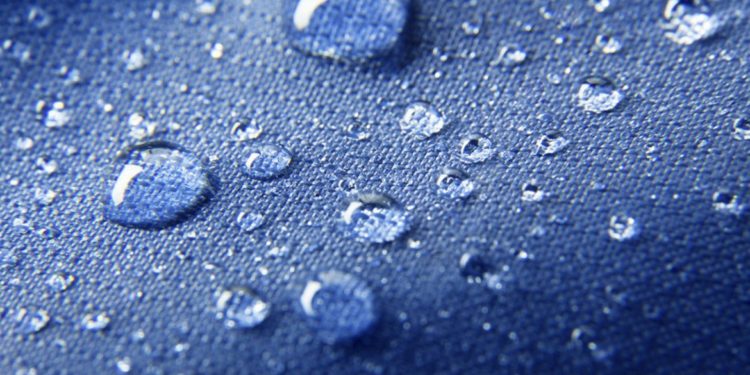When it comes to electronics and electronic devices, chances are good that you have wanted to figure out the answer to what the differences are between water-resistant, water-repellent and waterproof electronics.
We have surely seen references to these three designations on different types of electronics, but it is hard to know what the real difference is and what value each one holds to your new electronics. While there are surely a lot of articles out there, it is important for you to get a good and objective idea of which designation – between water-resistance, water-repellent and waterproof – you should really look out for when you are shelling out some cash in order to get a brand new kind of electronic toy.
In order to really break down each designation, it is important for us to quickly offer some definitions of each. While you could just open up your dictionary to get these, it’s far easier to just keep reading!
- Waterproof: If something is waterproof it means that it is completely impervious to water.
- Water-resistant: If something is water-resistant it means that it is capable of resisting the penetration of water to some degree, but not entirely.
- Water-repellent: If something is water-repellent it means that it is not easily penetrated by water, especially as a result of being coated with a water-repellent surface.
What does waterproof mean?
This one is pretty straight-forward but is also quite a bit harder and costlier for devices to truly achieve. Currently, there are no established industry standards in order for a device to classify itself as waterproof. The closest thing that is currently available when it comes to devices being able to claim the waterproof designation is something known as the Ingress Protection Rating scale or IP Code. This scale will assign a device on a rating from 0-8 regarding how good it is at keeping water from entering into it. The one thing that makes this designation kind of difficult for devices that are focused on using the top tech in order to waterproof material is that some devices actually let water in, but everything inside is coated with waterproof material that protects the devices from being damaged by water.
Beyond that, the term waterproof can be kind of dangerous for some companies. This is primarily because the term waterproof typically means that the device will not be damaged by water. For that reason, if it is damaged by water, it could lead to a fair number of complaints by unsatisfied customers.
One of the best ways that companies have found ways to waterproof their devices from the inside is by using the incredible power of parylene coatings. Unfortunately, some of the most truly waterproof devices on the market are not able to be rated by the IP Code. The reason why is because the IP Code focuses on devices that don’t let water in at all. Devices that use parylene coatings don’t keep water out. In fact, water can get it. It’s just that everything inside is covered in this incredible water phobic material that keeps everything that could be damaged by water completely safe.
What does water-resistant mean?
In all, water-resistance is the lowest level of water protection of the three designations. If a device that you are thinking about buying is labeled as water-resistance that means that the device itself is most likely built in a way that makes it more difficult for water to get inside of it. Another way that something can be water-resistant is if the surface is if it is coated with a light substance that can help the device’s chances of surviving a quick encounter of water.
Perhaps the most common place that you see the water-resistant designation is when you are thinking about purchasing a new watch. New watches are typically at least water-resistant to the point that they will be able to survive a typical handwashing or even a quick shower. With that being said, if you are looking for a watch that you can fully swim in the ocean or a pool with, or even go scuba diving with, you are going to want to make sure that the watch is fully capable of surviving those types of activities.
What does water-repellent mean?
Water-repellant is one step up from water-resistant and requires some kind of coating to make the device even more impervious to water. If a device is labeled as water-resistant it means that it possesses the necessary properties that allow the device to repel water. This means that the device overall is hydrophobic!
A water-repellent device is going to stand a very good chance of being coated with some kind of nanotechnology that allows both the inside and outside of the device to repel water. With that being said, while a lot of different companies claim to have water-repellent devices, the term is very heavily debated because while a lot of companies claim to have full water-repellency there are some really serious questions about how predictable the elements associated with water-repellency really are.
Conclusion
When you are purchasing devices that you think may need to have some level of water-resistance, you should absolutely do some of your research into how resistant to water your device should truly be. Consider the activities that you love to do and what you think you will need in order to make sure that your device continues to run well despite getting wet.
If you are an avid runner and want a pair of headphones, a certain level of water-repellency should be more than enough. With that being said, if you are an avid swimmer and are looking for headphones that you can wear while swimming laps in the pool, you are going to need something that is waterproof.
In the end, waterproof technology is always changing and improving. That means that you can continue getting better and better devices as the technology continues to improve.
Good luck!


